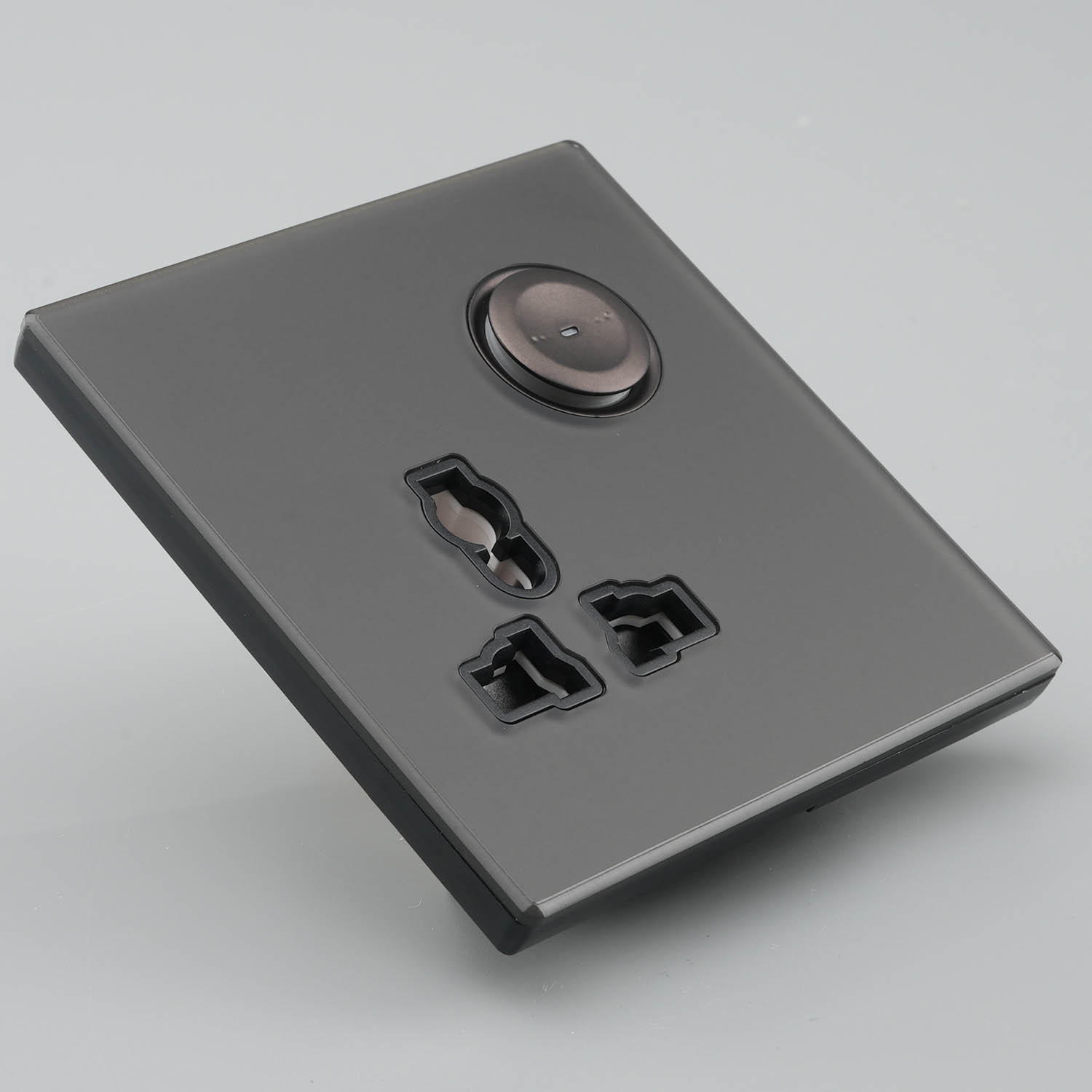
Proper installation and regular maintenance practices help prevent electrical hazards and malfunctions, ensuring uninterrupted power supply for lighting, appliances, electronics, and machinery in residential, commercial, and industrial environments. As technology advances, innovations like smart receptacles and wireless charging outlets promise to further enhance convenience and efficiency in electrical systems.
Subtitle 1: Introduction to Electric Receptacles
Electric receptacles, commonly known as outlets, are essential components of electrical systems, providing the interface for connecting electrical devices to power sources. This article delves into their functionality, types, installation methods, maintenance practices, applications, and future trends.
Subtitle 2: Understanding Electric Receptacles
This section examines the basic functionality and anatomy of electric receptacles, including the receptacle body, contacts, grounding, and wiring. It also explores the different types of receptacles, such as standard outlets, GFCI outlets, and AFCI outlets, and their specific purposes and applications.
Subtitle 3: Types of Electric Receptacles
There are various types of electric receptacles designed for different voltage ratings, current capacities, and usage scenarios. This segment discusses the differences between residential, commercial, and industrial receptacles, as well as specialty outlets like USB receptacles and twist-lock receptacles.
Subtitle 4: Installation and Maintenance Practices
Proper installation and maintenance are critical for ensuring the safety and functionality of electric receptacles. This section provides guidelines for installing receptacles correctly, including considerations for wiring, spacing, and location. It also offers tips for routine maintenance to prevent electrical hazards and malfunctions.
Subtitle 5: Applications in Different Settings
Electric receptacles find applications in a wide range of settings, including homes, offices, schools, hospitals, and industrial facilities. This segment explores their roles in powering lighting, appliances, electronics, machinery, and other electrical devices, highlighting specific requirements and considerations for each setting.
Subtitle 6: Future Trends and Innovations
Advancements in technology continue to shape the evolution of electric receptacles. This section discusses emerging trends such as smart receptacles, wireless charging outlets, and integrated home automation systems, offering insights into the future of electrical connectivity.
Conclusion:
Electric receptacles play a fundamental role in facilitating electrical connectivity in a wide range of settings, from residential homes to commercial buildings and industrial facilities. Their functionality extends beyond merely providing a connection point for electrical devices; they serve as the backbone of modern electrical infrastructure, enabling the seamless operation of numerous appliances, equipment, and systems.
Understanding the diverse types of electric receptacles available is essential for tailoring electrical solutions to specific needs and requirements. From standard duplex outlets to specialized configurations like GFCI (Ground Fault Circuit Interrupter) and AFCI (Arc Fault Circuit Interrupter) receptacles, each type serves unique purposes and offers distinct features to enhance safety and performance.
Proper installation methods are critical to ensure the reliability and safety of electric receptacles. Attention to detail during installation, including proper wiring, grounding, and adherence to electrical codes and regulations, helps prevent hazards such as electrical shocks, fires, and equipment damage.
Maintenance practices also play a significant role in prolonging the lifespan and efficiency of electric receptacles. Regular inspection for signs of wear, damage, or loose connections, along with periodic cleaning and testing, helps identify and address potential issues before they escalate into serious problems.
In addition to their essential role in providing electrical connectivity, electric receptacles are continually evolving to meet the demands of modern technology and lifestyle trends. Innovations such as USB-integrated outlets, smart receptacles with remote control and monitoring capabilities, and wireless charging solutions are reshaping the landscape of electrical connectivity, offering greater convenience, efficiency, and flexibility to users.
By staying informed about the functionality, types, installation methods, maintenance practices, applications, and future trends of electric receptacles, individuals and professionals can make informed decisions to ensure safe, efficient, and reliable electrical connectivity in various settings, contributing to overall safety, comfort, and productivity.
